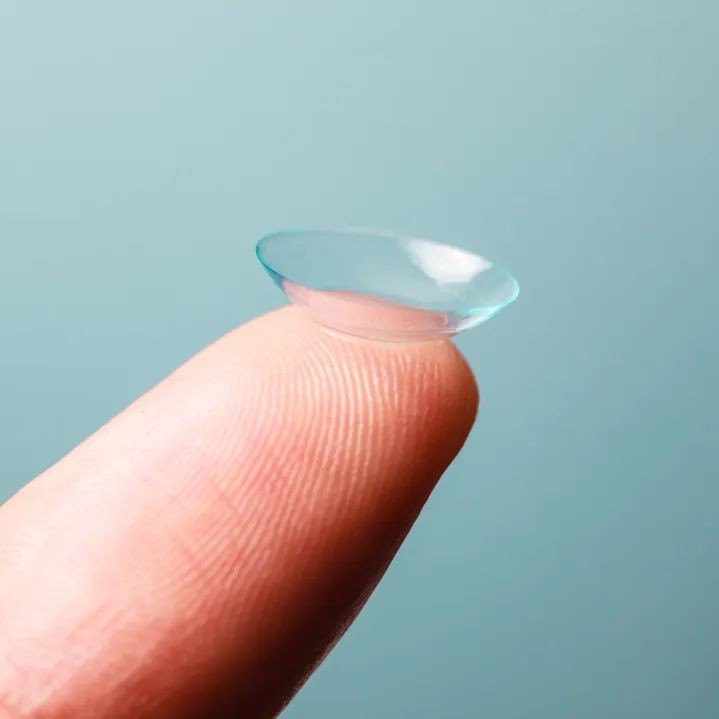source: 2025-04-27 16:41:21 Secondary reading
As the new school year approaches,
children’s backpacks fill with dreams and curiosity—
but are their eyes ready to explore the world?
Equip them with vision protection for a clearer future.
With multiple myopia control options, how to decide?
Optical Options: OK Lenses vs. Defocus Glasses
Orthokeratology Lenses (OK Lenses)
Mechanism: Gas-permeable rigid lenses reshape the corneal epithelium overnight via fluid dynamics, creating myopic defocus. Provides clear daytime vision without glasses.

Benefits:
Effective axial length control (slows myopia progression).
Daytime freedom from glasses.
Limitations:
Requires age ≥8, strong compliance, and hygiene awareness.
High cost (replacement every 12–18 months).
Demanding care: daily cleaning, regular follow-ups.
Defocus Glasses
Mechanism: Specialty lenses create peripheral myopic defocus to stabilize refractive error. Must be worn full-time.
Benefits:
Reduces visual fatigue, improves comfort.
Suitable for all ages.
Limitations:
Inconsistent wear compromises efficacy.
Less convenient for sports/active lifestyles.
Pharmacological Option: Low-Concentration Atropine
Mechanism: A parasympathetic inhibitor that relaxes the ciliary muscle. The only evidence-based drug proven to delay myopia progression.
Efficacy:
60% reduction in progression over 2 years (e.g., 100D/year → 40D/year).
Eligibility:
Ages 4–16 with true myopia ≥50D and rapid progression (≥75D/year).
Which Is Better? Can They Be Combined?
No universal "best" option—choice depends on:
Age, compliance, myopia severity, lifestyle.
Key Considerations
OK Lenses:
Ideal for compliant children ≥8 years.
Combines well with atropine (synergistic effect).
Defocus Glasses:
Lower barrier to entry (no age limit).
Avoid combining with OK lenses (similar optical mechanisms).
Low-Concentration Atropine:
Suitable for younger children (≥4 years).
Can be used alone or combined with optical methods (e.g., OK lenses).
Combination Strategies
OK Lenses + Atropine: Enhanced efficacy (1+1>2), but requires strict medical supervision.
Defocus Glasses + Atropine: Optional for children unsuited to OK lenses.
Note: All combination therapies must be guided by an ophthalmologist.
Final Recommendation
Young children (4–8): Start with atropine ± defocus glasses.
Older, compliant children (≥8): OK lenses ± atropine.
Non-compliant or active children: Defocus glasses ± atropine.
Tailor the plan to your child’s needs—the best control is personalized!